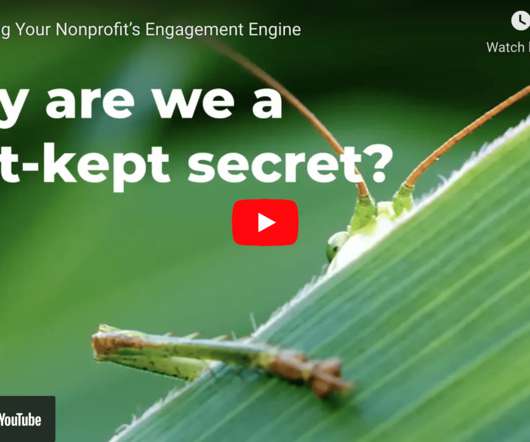The Participatory Museum Process Part 4: Adventures in Self-Publishing
Museum 2.0
APRIL 1, 2010
Few people want to read a 388-page book online, and I've received several notes from people who checked out the online version and then decided to buy a physical or ebook copy. be prepared to unleash your sixth grade math skills regarding percentages as well as your deep internet search capabilities if you embark on such a comparison.












Let's personalize your content